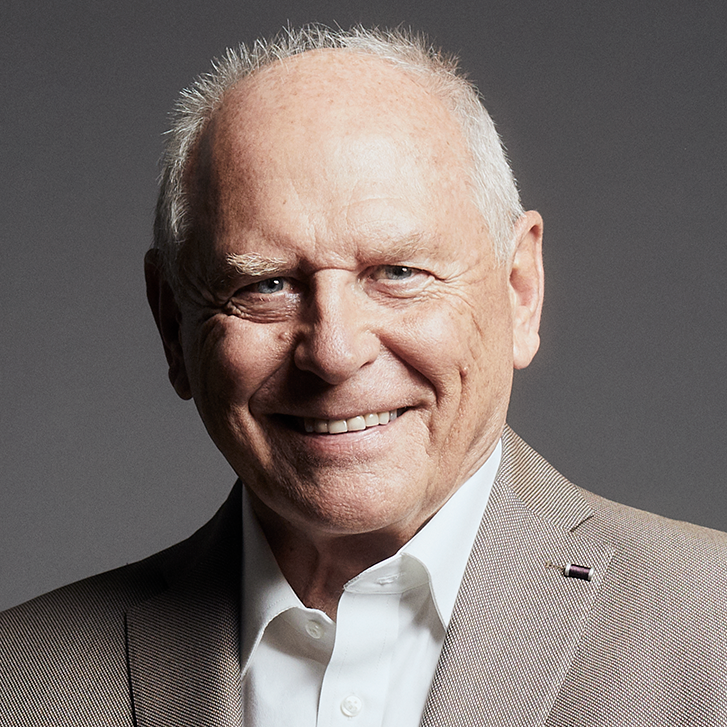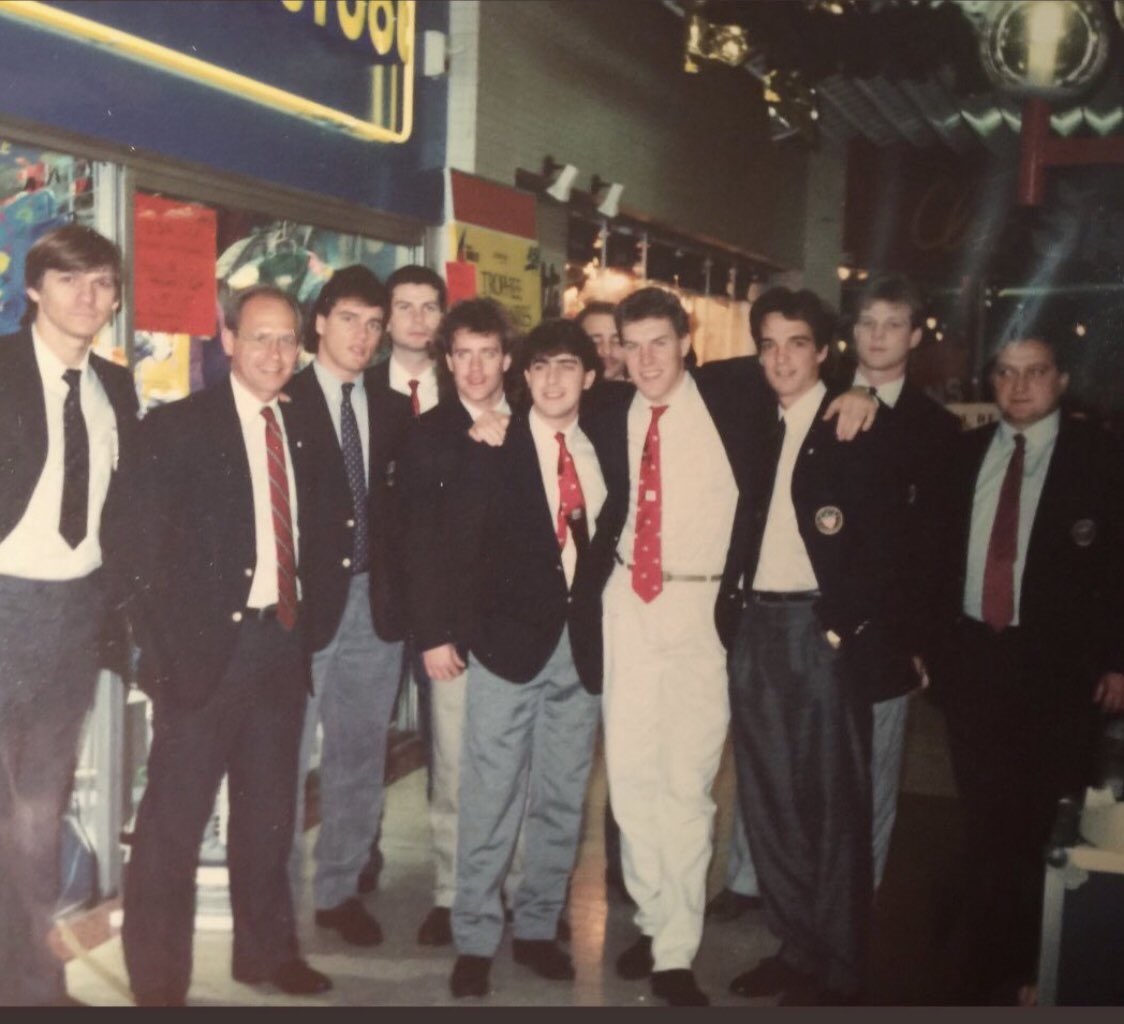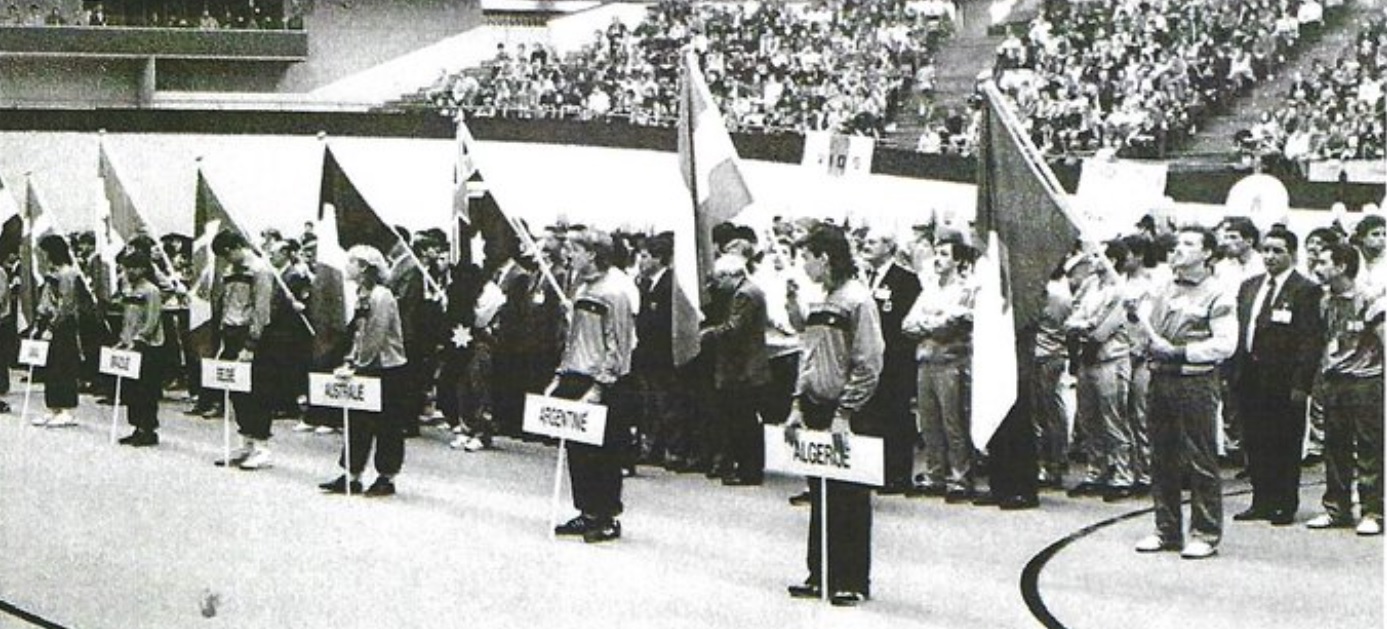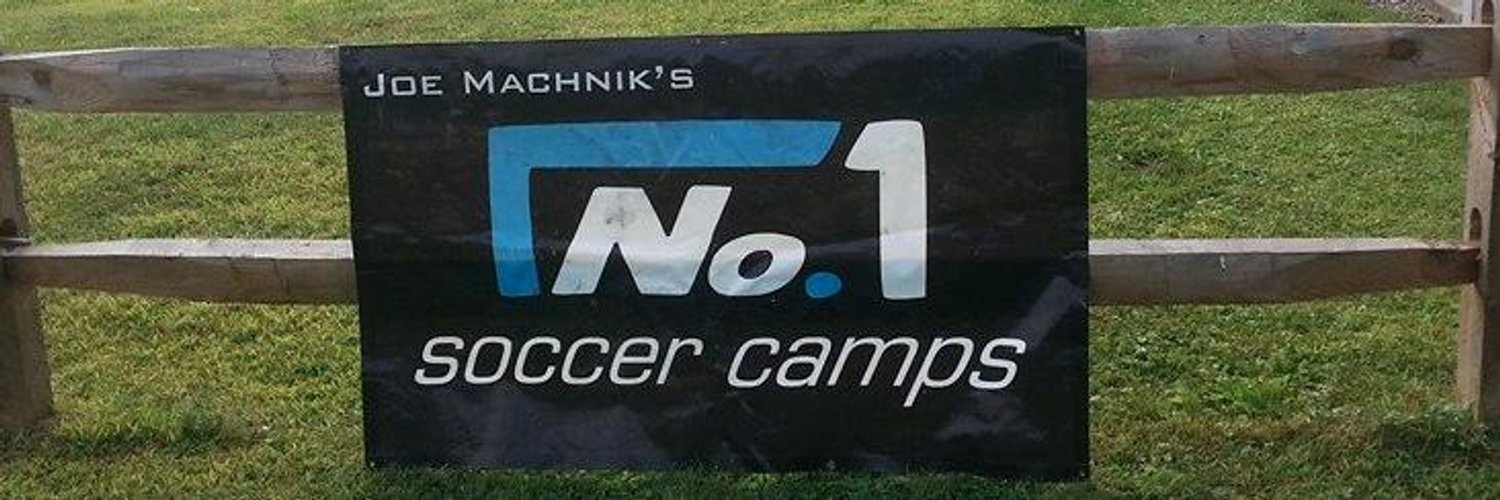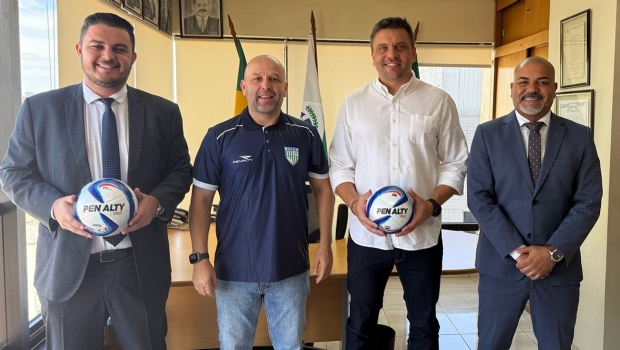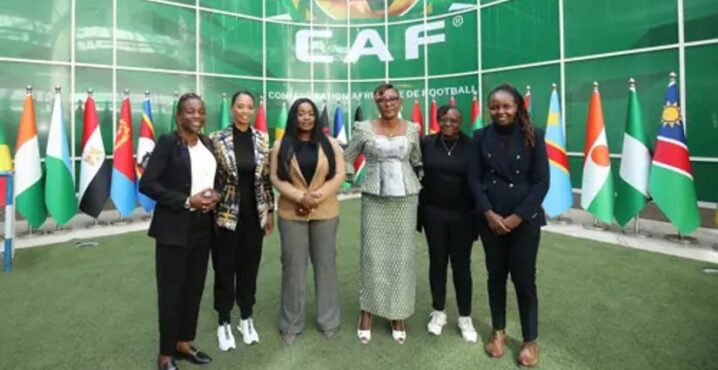Estimated reading time:13 minutes, 1 second
Joe Machnik was born on January 13, 1943, he is a former soccer player, coach, referee, commissioner, and lends his insight and expertise, interpreting rules and dissecting officiating decisions for FOX Sports’ soccer coverage. From the University of Utah he has a PhD in education and is nicknamed “Dr. Joe.” Highly regarded for his contributions to sport, on August 3, 2017 he was elected to the U.S National Soccer Hall of Fame on the builder ballot.
“Dr. Joe Machnik has worn just about every hat in American soccer, and he’s impressed at every stop. Now, after 60 years of service to the beautiful game, he has earned one of the sport’s highest honors: induction into the National Soccer Hall of Fame. Machnik’s commemoration comes as a Builder – a distinction for those who have made a major, sustained and positive impact on U.S. Soccer.” – USSoccer.com
Joe recently tweeted about his experience at the first ever FIFA Futsal World Cup, assisting the head coach John Kowalski with the USA team which achieved the Bronze medal after defeating among others- Italy, Paraguay, Brazil, Argentina, and Belgium. This success is the first FIFA medals won by a USA men’s team on the international stage.
“His impact on the game is nearly unrivaled. Machnik spent years as a FIFA and CONCACAF match commissioner. In 1990, when the U.S. Men’s National Soccer Team reached its first World Cup in 40 years, Machnik stood on the sideline as an assistant coach. He helped professional soccer gain its footing in the U.S. as he worked in several leagues’ administration, highlighted by over 15 years spent with Major League Soccer.” – USSoccer.com
Futsal Focus reached out to Joe to learn more about his life experience and his thoughts about Futsal in the United States:
American Indoor Soccer
Thinking back to 1989, the indoor game in the U.S.A was ahead of FIFA in terms of its development. When Futbol de Salao was being developed in Uruguay, the first American indoor football game took place in 1939 at Madison Square Garden in New York. Efforts to grow the indoor game continued in the 40s and 50s. In 1950, the National Soccer League staged its first full season of indoor games in January; the first game was televised in Chicago. While indoor soccer failed to take off at a professional level during this period, the indoor game continued to develop in cities across the country. The 70s would see many attempts by visionaries to grow the indoor game at the professional level, and in 1978, Major Indoor Soccer League (MISL) was the top indoor league in the country. I revised the rules for the sport at that time because I was the refereeing director for MISL. These were the days when professional outdoor soccer opportunities were few and far between. Since 1979, indoor soccer – the kind played in hockey arenas with dasher boards – attracted most of America’s top professional players, because it was the only way they could play and make a full-time living.
John Kowalski, who was born in Poland, played collegiately at the University of New Haven, and later played and managed in the Major Indoor Soccer League. He coached the Pittsburgh Spirit for five years through the 1985 season, and prior to that coached the Hartford Hellions following two years as a player in the league. The Spirit were a big deal at the time, averaging crowds of more than 10,000, outdrawing the Pittsburgh Penguins (with Mario Lemieux) of the National Hockey League, which were averaging only about 6,000. Just two hours to the north, the Cleveland Force, another MISL team, was packing in crowds in the neighbourhood of 16,000 to 19,000.
1989 FIFA Indoor Football World Cup otherwise known as FIFA’s first Futsal World Cup
When the opportunity came in 1989 to be a part of the USA team travelling to the Netherlands, we believed we could win it and that our traditional game gave us a head start. I remember when we arrived in the Netherlands prior to the tournament kicking off, we met with FIFA’s Walter Gagg and he asked us how we felt the U.S would perform, we told him we were here to win, his facial reaction was priceless. He thought we were joking, and he was even more surprised when he saw that we were very serious. Just before the tournament kicked off, Sepp Blatter called a meeting of the nations to discuss the rules of the competition, to see if we had any questions. No one put their hand up except for us, due to our experience back home we had many questions to ask Sepp Blatter, and he was taken aback with our enthusiasm, knowledge, and confidence. I don’t think FIFA or our competitors had been paying much attention to the indoor game in America for much of its history, none of the participating nations could have foreseen how we were about to compete.
Before arriving in Netherlands, we also took the team to play a few opponents as a warm-up and I was surprised at the way they played, especially the French who were slide tackling, rough tackles among other questionable behaviour on the court. Although, it was good for the players to see that we would be up against different cultural outlooks to the game. The differences fascinated me; I couldn’t wait for the tournament to kick off.
When the tournament kicked off, we didn’t do as well in the first game as we had hoped, I would put it down to a nervous beginning, and finding our feet. We drew 1-1 with Australia, they got a late penalty to tie the game, and even though Australia had a popular indoor league at that time, we should have beaten them like the other nations in our group did. Our head of delegation Chuck Blazer’s (who went on to be the secretary general of CONCACAF and helped to expose the corruption within FIFA) reaction to the draw was to book the teams flights to return home straight after the group stages. Two of our USSF senior executives, the President Werner Fricker and the Technical Director Walter Chyzowych flew home straight afterwards, they all thought we would be out of the competition after the first three group games. However, I used this as motivation for the players, and they reacted the way John and I thought they would. In our next game, we defeated Zimbabwe 1-5, Murray, Vermes, Windischmann and Ramos scored the goals. Our last match was against Italy, and we won 1-4, Lachowecki, Gabarra and Goulet scored for us, but what gave us an advantage is the way in which we played. We rotated our squad, whereas these teams mainly kept the same 5 players on the court for the whole match. We even rotated our goalkeeper which they had not seen before, especially for penalties. Our starting goalkeeper AJ Lachowecki was small in stature, but for the penalties we used Dave Vanole, our second keeper who was much bigger and could cover most of the goal. Our players were used to playing in tight spaces and using an attacking goalkeeper, and LachoweckIi scored the first ever goal by a goal keeper in the competition’s history against Italy.
We won our group in round one and the footballing world in attendance were shocked, but we weren’t, and we couldn’t wait to shock them in the next round as well. In Round 2, we were drawn in the same group as Brazil, Paraguay, and Argentina, and everyone thought we were doomed, but we went undefeated. We beat Argentina 3-1 in our opening game, Paraguay 0-2 and blew the roof off when we defeated Brazil 3-5, topping our group. In the semi-finals, we met the Netherlands, and it didn’t go the way we had hoped, and we found ourselves in the third-place play-off. Disappointed, we still went into the game and defeated the Belgians 3-2 and we were given the bronze medal. Do I think we could have beaten Brazil in the final had we reached it? Yes, I do, of course I do, we beat them in round 2 and I believed at that time, that we would have beaten them again.
I didn’t get to travel to Hong Kong in 1992, due to commitments in the U.S. The team did incredibly well to reach the final, unfortunately, they lost the final to Brazil, 4-1. However, they stepped up from the previous tournament and received the silver medal which is a great achievement. Since then, the indoor game in the U.S has declined for many reasons. Despite our success at two FIFA Indoor Football World Cups, the USSF was broke and therefore didn’t have the finances to drive the FIFA version of the sport forward. Before Major League Soccer (MLS) started, many of our high-quality native players competed in the MISL but when the MLS kicked off, these players crossed over to football, and we lost a lot of quality players.
Futsal in the United States
Looking to the future, it is great to see futsal developing in the United States, but will it take off? I am not sure, it may take a while, mostly because we have so many established sports here. The MLS struggled at the beginning, we started with 10 clubs then expanded to 12 then we had to operate the league with 10 clubs as two teams folded in 2002, Miami and Tampa. In November 2001, the league literally folded, but Soccer in the U.S was saved back then due to:
- Investors: One owner, Lamar Hunt, who resuscitated the league. Hunt, who owned both the Kansas City Wizards and Columbus Crew at the time the league folded, called up the league’s owners and got things going again over the next 48 hours, and soon the league was making a number of moves that stabilized its existence.
- Rules: Going back to the normal soccer rules was a contributing factor, the American soccer audience was watching European soccer as well and asking why American soccer was different.
- Women’s National team: The success of the Women’s national team was also a big contributor; the women’s game grew exponentially across the U.S (AND LATER) children went on to play the sport. The women’s national team won the World Cup in 1991, 1999, 2015 and recently in 2019.
- Men’s National team: The men’s national team have also contributed by qualifying for 7 of the last 8 world cups and reached the round of 16 three times in 1994, 2010 and 2016. In addition to winning the CONCACAF Gold Cup 5 times.
- Price: American sports are expensive, going to a basketball game can cost as much as $400 for a family but a soccer match would be around $100 so much less expensive
- Stadia: Early MLS clubs were playing in stadiums too large for the audience size because they were renting NFL stadiums which are 60,000 seaters, but when the clubs built their own suitable stadiums for their audience size, this was a game changer.
- Atmosphere: At the beginning of the MLS the product suffered due to a lack of atmosphere at the games, but we worked with supporters to change this, to build a family friendly but entertaining environment and the hardcore fans/ultras, have been a big part of that.
- Immigrant population: The immigrant population coming from countries where soccer is established have been a big factor as well.
For futsal to be a success in the states, organizations like the Professional Futsal League (PFL) should learn from the mistakes and successes of the MLS. However, I also think that it is in the interest of the MLS and the NBA to support futsal. If the futsal season started on the NBA off-season, then they could use their arenas, in my opinion, NBA clubs should look at futsal as an option to make a profit from their facilities.
The MLS should support the promotion of professional futsal because the more people playing a footballing format is only a good thing for the MLS with increased participation, and the larger pool of players. With the thousands of indoor and outdoor courts across our country especially in the inner cities where few schools will have access to an outdoor soccer field, instead they will have a gymnasium and outdoor playgrounds/ basketball courts. Therefore, it makes absolute sense to me that they would promote futsal at these schools and assist with the development of national futsal competitions at schools, colleges, and universities.
At the moment, however, due to COVID, the MLS is going through a very tough period and is currently focused on securing their own future. Once we get a hold of this pandemic, it would be in their interest to work with the PFL and other futsal stakeholders to grow the sport. I also encourage the Major Arena Soccer League (MASL) to look at futsal. The indoor American game has not reached the heights we all hoped it would, and our traditional version doesn’t offer the same opportunities for player and career development like futsal does for those interested to travel the world. Futsal is growing around the world and offers global opportunities and the opportunity to compete on the international stage at a World Cup and in CONCACAF qualifiers. Futsal is already developing across the States, so I would encourage them to get on the bandwagon and not be left behind.
Outside of working for organized sporting institutions such as the American Indoor Soccer League (AISL), Major Indoor Soccer League (MISL), MLS, CONCACAF and FIFA along with being a match commentator for Fox Sports, I also started my own company called No.1 Soccer Camps. The camps started as the No. 1 Goal Keeper’s Camp in 1977. The camp later expanded to include field players, and we renamed it to No. 1 Soccer Camps. The camps have trained over 80,000 players including goalkeepers like Nick Rimando, Joe Cannnon, Jon Busch, Matt Reis, Kevin Hartman and Dave Vanole and striker Herculez Gomez.
We have been playing Small Sided Games at the Camp since we brought on the Field Players. However, we use regular sized goals to give the players the most opportunity to shoot and save which is the foundation of the program.
Recently, I have started to consider how I will include futsal and will think on this more, and I look forward to engaging with futsal enthusiasts here in the U.S to see how I might start this process. I am sure Keith Tozer, Commissioner of the PFL and the face of the futsal movement here in the U.S, and who I have known for many years and worked with, will have some thoughts for me to start with.
You can read more articles about global futsal by going to the top navigation bar or click here
If you like this article and would like to keep updated on Futsal news, developments, etc then you can now follow Futsal Focus via Google News by following our page which will send you an alert as soon as we publish an article so please click here and follow us on Google.
You can also keep updated on Futsal news, developments, etc then please submit your email below in the Subscribe to Futsal Focus option.
Follow Futsal Focus by clicking on Facebook, Twitter, or Instagram or on the social media buttons on the website.


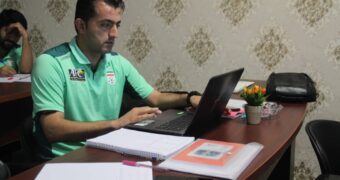
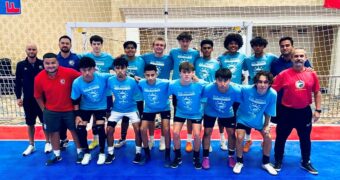


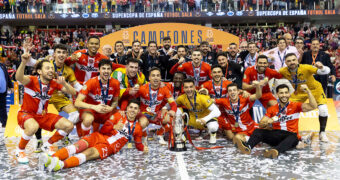
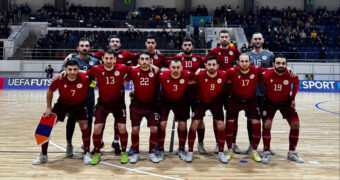
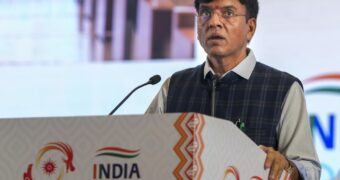
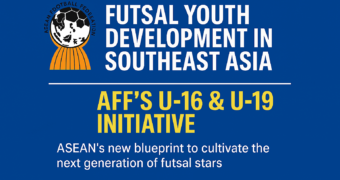
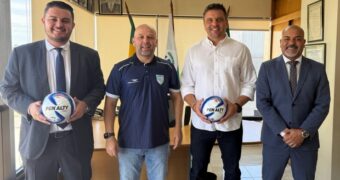

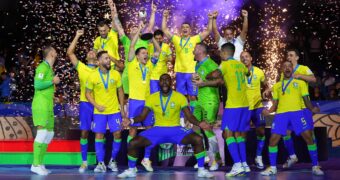


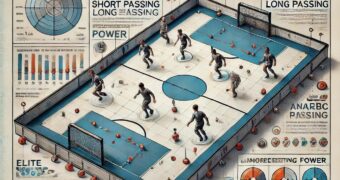
![Validate my RSS feed [Valid RSS]](https://www.futsalfocus.net/wp-content/uploads/2020/01/valid-rss-rogers.png)

